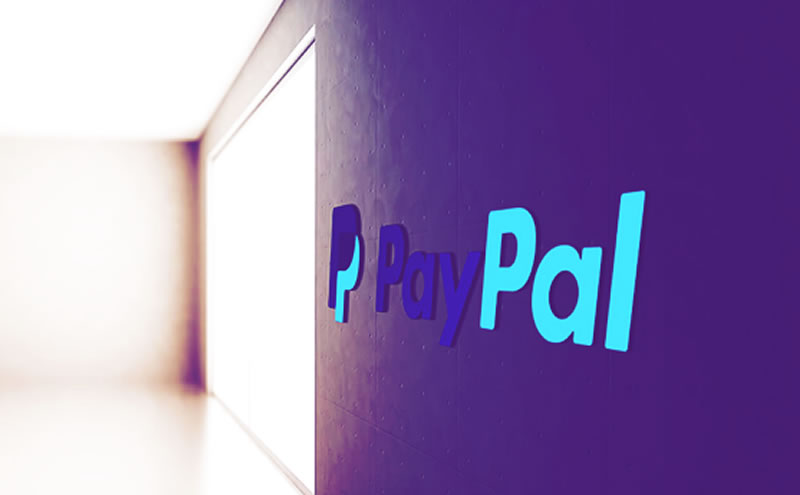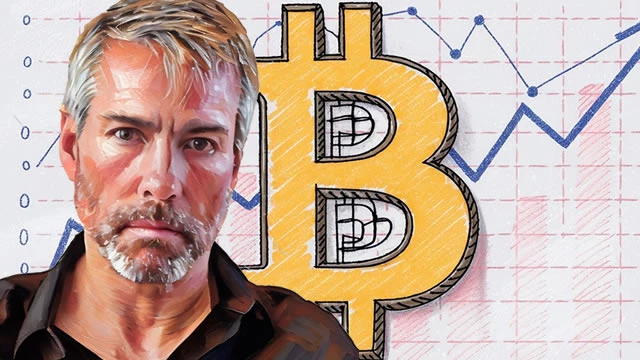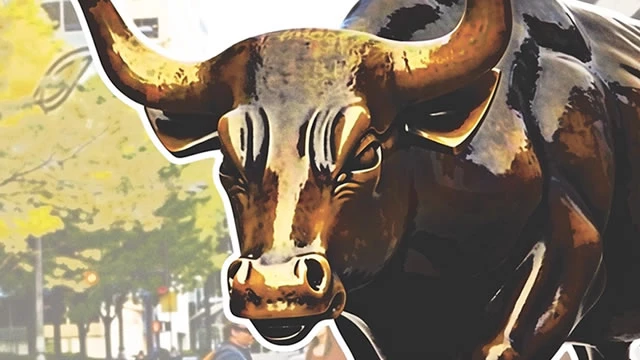So, Paypal Holdings (NASDAQ: PYPL) has decided that now is the time to start cutting operational costs. According to Paypal's filings, the company has been laying off workers in its risk management and operations department.
Earlier this month, the company laid off staff at its San Jose, California headquarters. Now dozens of staff in Nebraska, Chicago, Omaha, and Chandler, Arizona, will go.
In a statement, Paypal said the layoffs were a push to support its strategic business priorities. Notably, spending on PayPal's platforms jumped only 15% to $323 billion in the first quarter, the smallest growth in the last five years. Paypal said the low spending was due to supply chain disruptions that affected e-commerce purchases. Many consumers are now purchasing in-store as the pandemic lockdowns have eased globally. Also, eBay, Paypal's parent, has been taking payments away from the company.
Since the pandemic, Paypal's headcount has increased slightly. Last year, it had 30,900 employees, a growth of 33 percent from pre-pandemic levels. The company has been discussing improving operating leverage before the pandemic but put that on hold due to the massive volume of transactions it encountered, which necessitated staff increases. According to CEO Dan Schulman, operating costs are now back in focus.
Due to restructuring, Paypal has already incurred costs of $20 million for the first quarter of this year. This is due to the severance and employee benefits it had to pay as it laid off staff globally. Also, the company expects to incur an additional $100 million in severance payments. But this spending is worth it because it will save Paypal $260 million a year in operational costs.
Will Improving Operational Costs Save Paypal?
Yes, it will. For any business to survive, its revenue must exceed overall costs. Management forecasts net revenue growth of at most 13% for 2022, after reviewing it downwards from its initial guidance of 17%. Paypal noted that it faces macroeconomic headwinds, but more people are adopting e-commerce and digital payments. In 2021, it had a total payment volume of $1.25 trillion. This would give it leverage in overcoming any recessionary pressures. Paypal forecasts a $1.4 trillion total payment volume for 2022.
Also, the company is doubling its merchant accounts. There were 429 million total active accounts in 2021, including 35 million merchant accounts. Even though eBay is taking away payments, Paypal had a transaction volume of 5.2 billion transactions, representing an 18% growth year over year. In addition, customer engagement, measured by transactions per active account, grew to 47, an 11.4% growth year over year. After its recent earnings call, the company also reported $5 billion in free cash flow.
So we can see that Paypal is a profitable company, and focusing on operation costs would benefit it. Operating profit is gross profit minus operational expenses. So reducing operating costs will have a leveraging effect on overall profits and the stock value.
Why We Are Bullish On Paypal
We are bullish on Paypal for three reasons: its operating leverage, the continuing influence of the Venmo app, and the low stock valuation.
Venmo is Paypal's consumer-focused digital wallet that helps customers pay by credit cards, QR codes, and cryptocurrencies. The payment volume of the app has been on the increase. Its partnership with Amazon has also been a growth driver because now the Venmo app is accessible to the billions of customers who use Amazon.
Also, Paypal's share price has been down by about 57.2% this year. As a result, its valuation has also fallen. But management is using its enormous free cash flow to buy back PayPal shares, which will reduce the share price volatility. In addition, management wants the stock to be attractive to retail investors. This makes the stock a good buy at the moment.
Finally, Paypal has a solid fundamental. It processes more than 76% of global payments. So, now that the stock is cheap, this is the right time to hold it in your portfolio.

















Rate this article